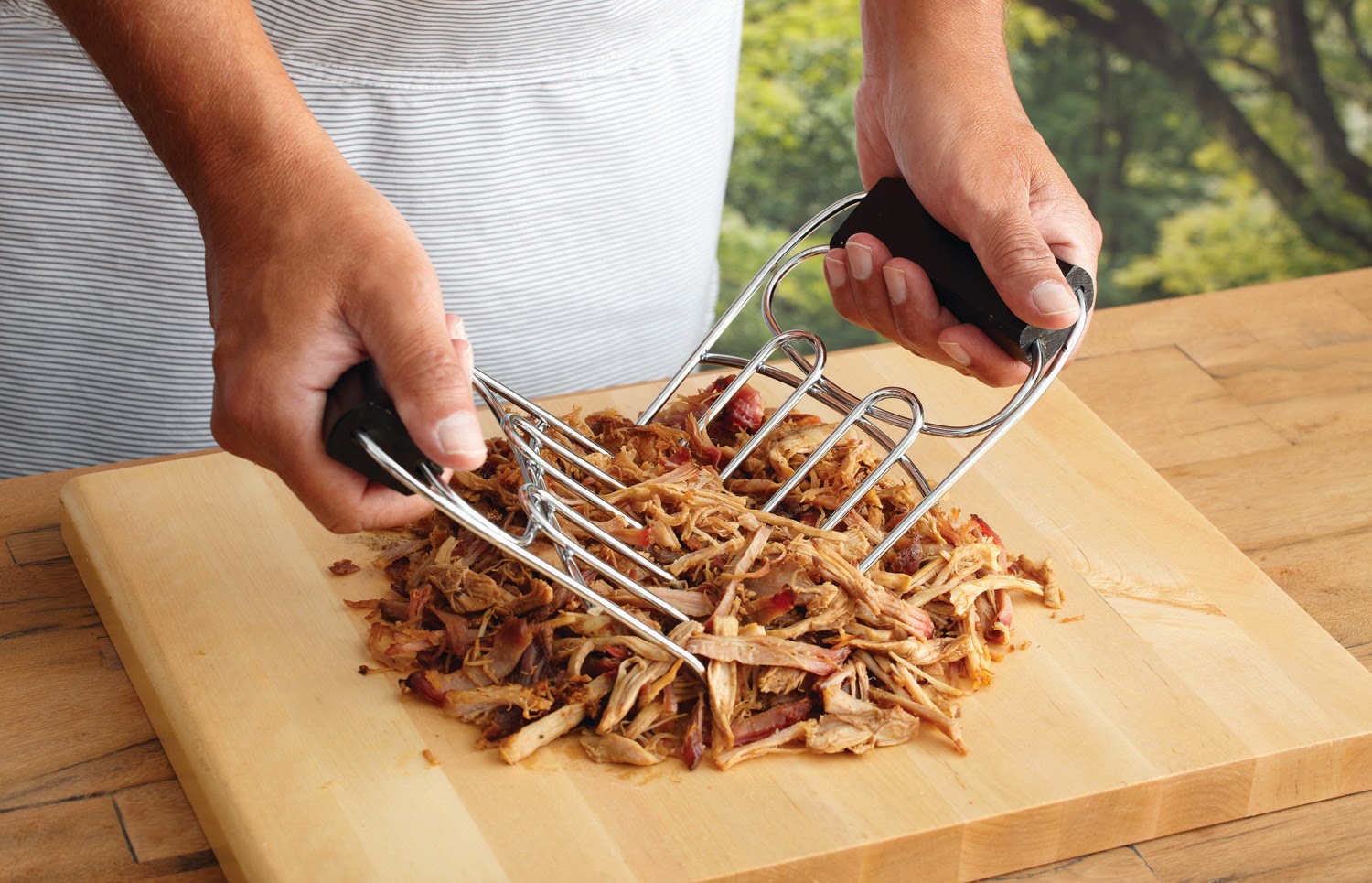Victoria's Secret: Halloween Edition
In 1989, with torches and pitchforks, Congress chased the Tariff Schedule of the United States away from our black and white villages, never to be seen again. Where did it go? What happened to its arcane rules like "chief use" and the "more than doctrine?" Unfortunately, we now know. Dispatches from the Court of Appeals for the Federal Circuit show that its unmarked grave is empty. Shuffling marks in the dirt lead to the Courthouse where the Federal Circuit has taken up and decided Victoria's Secret Direct, LLC v. United States . This may be the final edition of a horror tale subtitled, "Rise of the TSUS." I have two prior postings on this case here and here . Sadly, the photo of the fit model used as demonstrative evidence has been removed. You should go back and read those posts. The terrifying issue here is the correct tariff classification of knit tops for women that provide both body coverage and bust support, eliminating the need for a bras...
